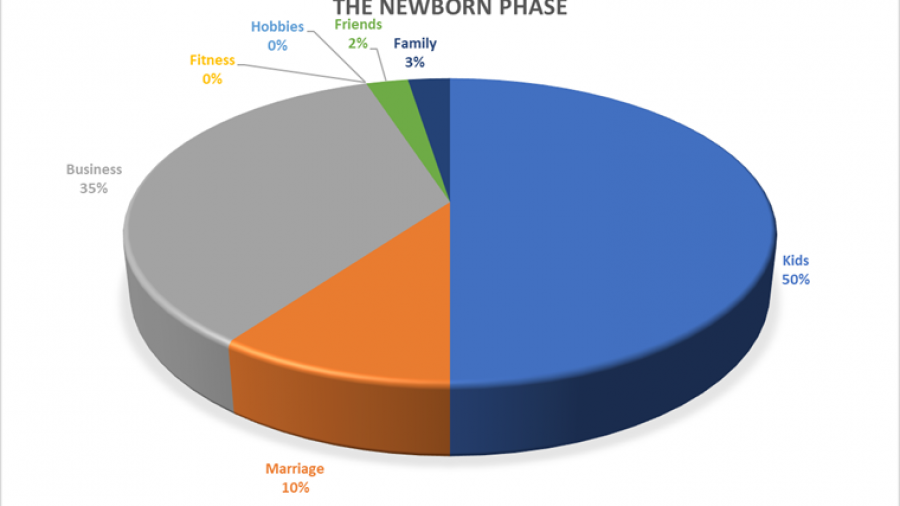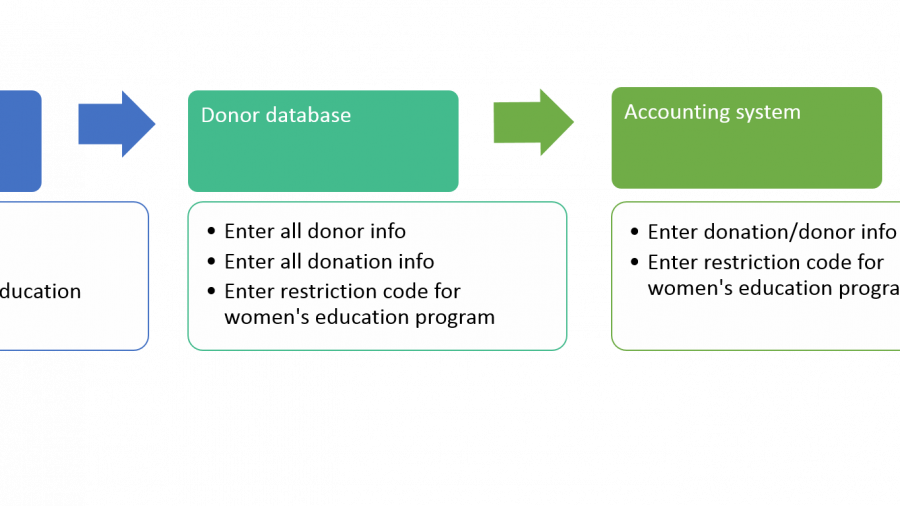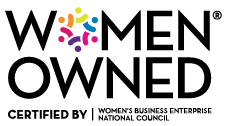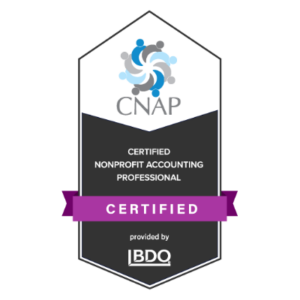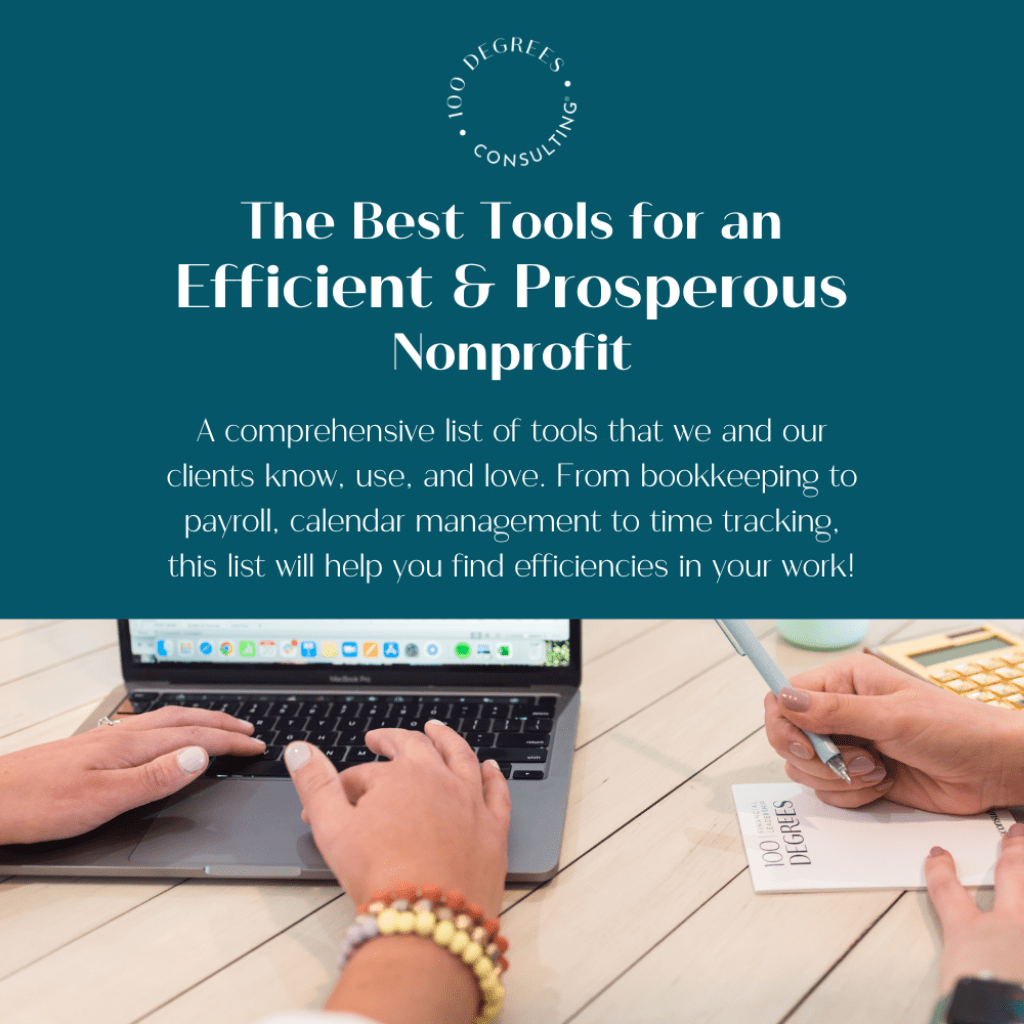
I was recently listening to the Boss Mom podcast where the host Dana Malstaff asked her guest: What does “having it all” mean to you?
It got me thinking about the elusive work-life balance. If you ask ten different people what work-life balance is, you will get ten different answers including “work-life balance means having it all” and “work-life balance doesn’t exist”. Even if you narrow your pool down to the niche group of entrepreneur moms that roll in the same circles as me, you would likely get a handful of different answers.
I have THE answer to what “having it all” means. And it involves pie.
I may have been influenced by all the Thanksgiving baking around here, but stick with me.
Your life is like a pie. Each slice of the pie is a different part of your life – kids, marriage, family, marriage, business, hobbies, fitness, friends, etc – but there is a finite amount of the pie every day. You get to determine how big or small to cut each slice every single day. Unlike at Thanksgiving where it’s all over once the leftovers are gone, in real life you get a new pie every day and the power to cut the slices as you see fit.
Having it all, and achieving that prized balance, is all about being okay (satisfied, happy even!) with the size of each pie piece at any given point in time.
At different points in your life, the slices may be bigger or smaller. When you have a baby, that slice of the pie for the kid is going to be much bigger than the business piece of the pie because you’re devoting more of your time, energy, and attention to that precious yet needy newborn.
For the first year of my daughter’s life, I focused my time, energy, and attention on her and on my business. I didn’t want to send her to daycare AND my business was at a growth point so I focused on serving my clients and making sure my baby was well taken care of.

That meant that my pie had two giant slices (baby and business) and everything else got crammed into the remaining sliver. Frankly, because I was so focused on the growth of both “babies” anything beyond those two things got pie slivers for that first year. My health and fitness were put on the back burner and I didn’t make my friends or hobbies a priority because all of my human energy was spent on clients and the baby. There was only so much of me to go around and I made the conscious choice to give that energy primarily to my business and my daughter.
Fitness was a huge part of my life before I had my daughter (hello, seven marathons!), but I was actually okay with putting that on the back burner for that first year. I felt like I had it all even though that piece of me was missing.
Things have shifted in the last year though. In my business, I’ve grown my team to five other amazingly talented women to help shoulder the client load, so my business now gets a smaller piece of my pie. My precious newborn has grown into an active toddler who goes to gym class and preschool and doesn’t need me to snuggle her 24/7 (I wish!) so that piece of the pie has gotten smaller too.
As a result, I’ve had room to grow other slices of my pie while still feeling like I have the elusive work-life balance. My husband and I have had more time and energy to focus on our marriage (it’s amazing what full nights of sleep will do for a person!) by going on date nights and even getting away for a weekend. I’ve also grown the fitness slice of pie (healthy pie, of course) and embarked on a journey to lose all of my baby and IVF weight.
Having it all is not necessarily giving 100% of yourself to every single part of your life. That’s actually not mathematically possible. You can’t give 100% of yourself to more than one thing, but you can give yourself permission to NOT be all-in for every single thing in your life.
If your pie has a gigantic slice for your kids, but you feel disappointed that you haven’t grabbed coffee with your best friend in months, or you haven’t gone on a run since last year, that is NOT having it all. Remember, the slices of your pie don’t have to be equal but you have to be happy with your pie.
For me, not every single day or week or month is my ideal pie. Some days I’m working for 10 hours while my daughter is with her grandparents and I only see her for a couple hours before bed. Other times, I inadvertently turn into a full-time stay-at-home mom for five days straight because my childcare cancels. Neither of those situations feel like a well-balanced pie to me.
I can truly say that I feel like I have it all and have achieved an ideal balance. On a macro level, the slices of pie that go to my kiddo, my business, my husband, fitness (my form of self-care), and my family and friends make me really happy in this stage of life. Someone else might look at this pie and be horrified by how the slices are divvied up, but remember that this is a very personal journey and there’s no right or wrong way to live your life!

One thing I want to address before we finish up this little chat about pie is GUILT. If you’re like me, you experience guilt that you’re not spending enough time on one of your slices of pie. In fact, when I just whipped up this little pie chart, I immediately felt bad that my daughter only has 40% of the pie. Couldn’t or shouldn’t I be giving more to her? Or what about my husband? He’s pretty great, so surely I could be doing MORE for him too. The answer is yes, I could be doing more. I could throw away my business and stop going to OrangeTheory Fitness classes to give more of myself to my husband and daughter. But is that going to make me a happier, better person all around? Nope.
After recognizing that feeling of guilt bubble up inside me, I quickly remembered that guilt is a trap. It will suck you in and take you down before you know what’s gotten you, WITHOUT recognizing all that you do.
Having it all, and achieving that prized work-life balance, is all about being happy with the size of each pie piece at any given point in time.
So first of all, are you now in the mood for a slice of pie?
Seriously though, how do you feel about your life pie? Do you feel like the slices are where you want them, or is something wildly off kilter?
(Bonus question: what is your favorite type of real, actual, food pie? Mine is lemon meringue, for sure.)
#entrepreneur #dreamjob

